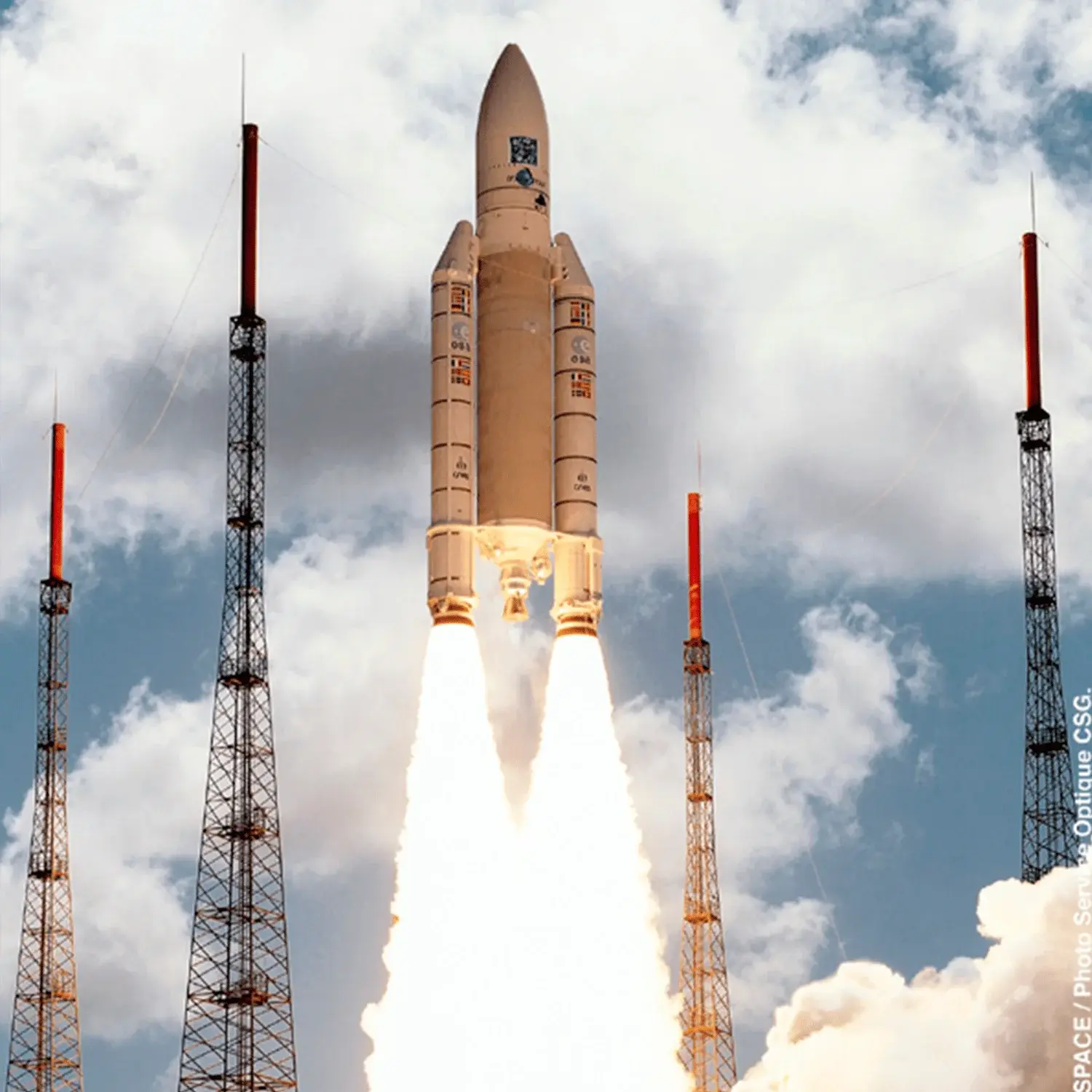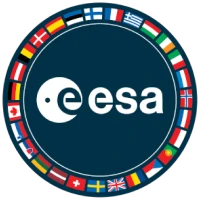/
MaqSat-H, MaqSat-B & YES
Launch Partial Failure
Liftoff Time (GMT)
13:43:00
Thursday October 30, 1997
Mission Details
Launch Notes
Flight V101.
MaqSat-B
MaqSat B (Maquette Satellite - Bas) is a dummy payload. The ARIANE 502 payload consists of three components: The lower Instrumented Platform (MaqSat B), the upper Instrumented Payload (MaqSat H), and TEAMSAT (Technology education Experiment Added To MAQSat) (various experiments of European universities) which is added to MaqSat H. The platforms are developed, manufactured, and tested by Kayser-Threde, Munich, and correspond to about 90% of the total payload mass. MaqSat B, 2340 kg in mass, simulates a virtual satellite with a very stiff structure. Accelerations and contamination will be measured simultaneously during ascent. These sensors have been provided by CASA, Spain.
Geostationary Transfer Orbit
1 Payload
2,340 kilograms
MaqSat-H, TEAMSAT
MaqSat H (Maquette Satellite - Haute) is a dummy payload. The ARIANE 502 payload consists of three components: The lower Instrumented Platform (MaqSat B), the upper Instrumented Payload (MaqSat H), and TEAMSAT (Technology education Experiment Added To MAQSat) (various experiments of European universities) which is added to MaqSat H. The platforms are developed, manufactured, and tested by Kayser-Threde, Munich, and correspond to about 90% of the total payload mass. MaqSat H, 2290 kg in mass including TEAMSAT, 5 m in height, will use 34 sensors to measure acceleration, vibration, shock, and acoustic noise at different locations. On an instrumentation plate flight data (32 Mbyte) will be recorded within the first four minutes after ignition. Immediately afterward, the data will be transmitted down to Kourou within the following 4 minutes. The MAQSATH structure itself, including a simulating solar panel, will fulfill various frequency and stiffness requirements and has the dimensions of a typical large communications satellite. The evaluation of the flight data will result in an understanding and validity of the environmental requirements for future satellites launched on Ariane-5G.
Geostationary Transfer Orbit
1 Payload
2,290 kilograms
YES
Delta-Utec is the initiator of the YES (Young Engineer's Satellite), a satellite full of experimental technology for space applications, built at record low cost in an extremely short time by young engineers and students. It was proposed in October 1996 at the IAF in Beijing and then supported in writing by e.g. Arthur C. Clarke. 1 Year later YES had already been launched on the Ariane-5G (L-502) qualification flight as a part of the ESA/ESTEC scientific payload TEAMSAT. In an extremely short time frame over 40 young engineers and students from 10 European countries built a satellite with the help of experienced ESA employees. YES featured a number of student-built experiments: Among others a GPS receiver and a 70 km tether experiment. Unfortunately, the tether experiment had to be deactivated before launch, due to analysis by space debris experts of the risks generated by the tether to other spacecraft during its estimated lifetime in geo-transfer orbit.
Geostationary Transfer Orbit
1 Payload
1 kilograms
Rocket


Agency
ESARocket
Diameter: 5.4m
Height: 52m
Payload to Orbit
GTO: 6,900 kg
Liftoff Thrust
11,400 Kilonewtons
Stages
2
Strap-ons
2
Launch Site
Stats
Ariane 5
2nd
Mission
1st
Mission of 1997
European Space Agency
11th
Mission
1st
Mission of 1997
1997
68th
Orbital launch attempt